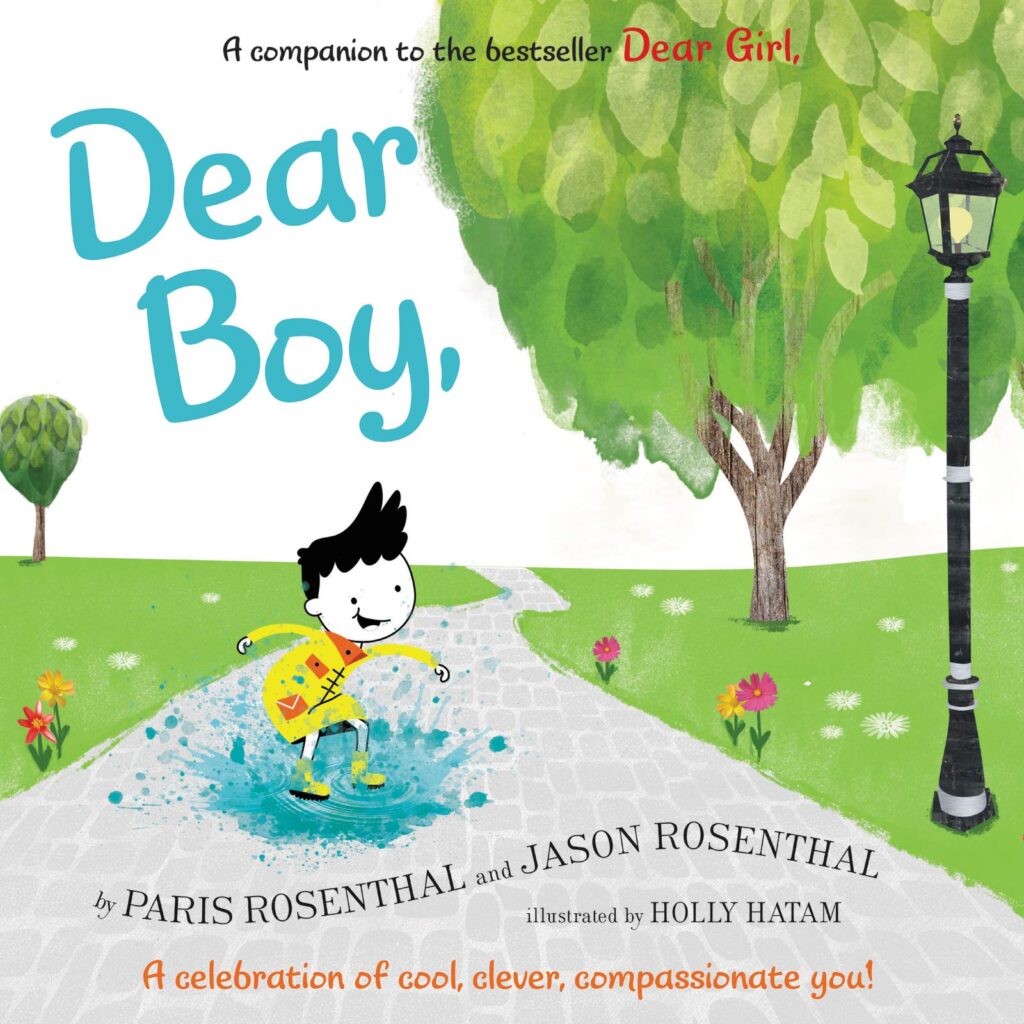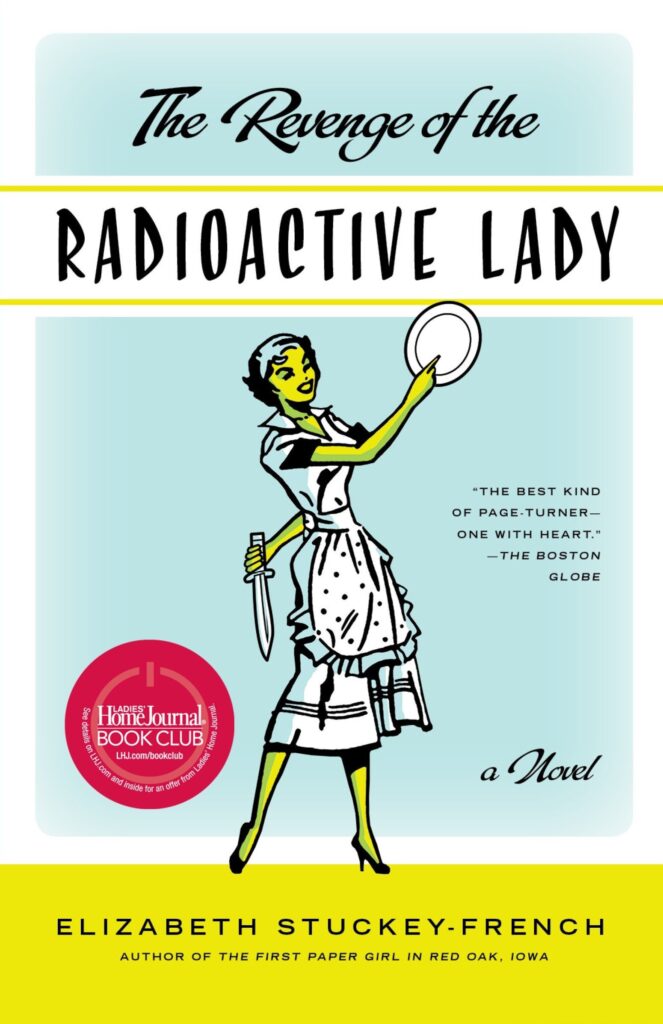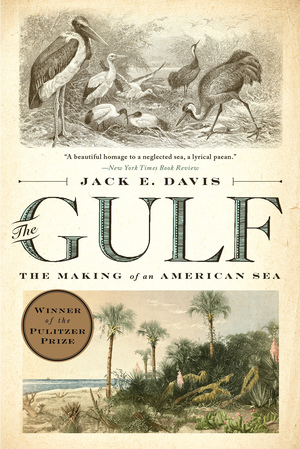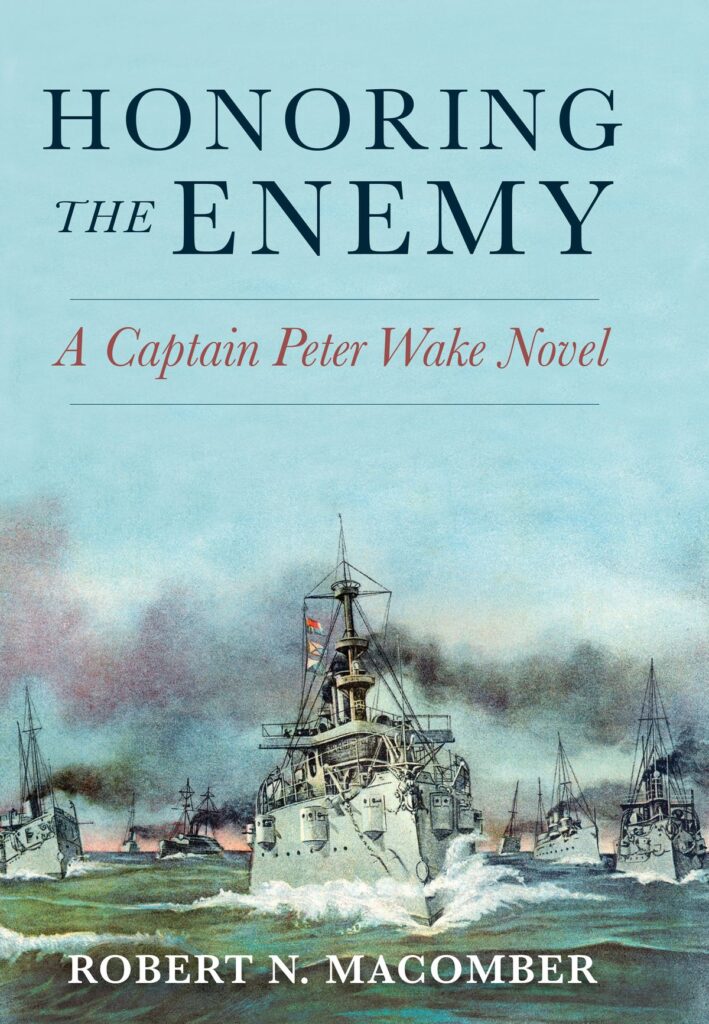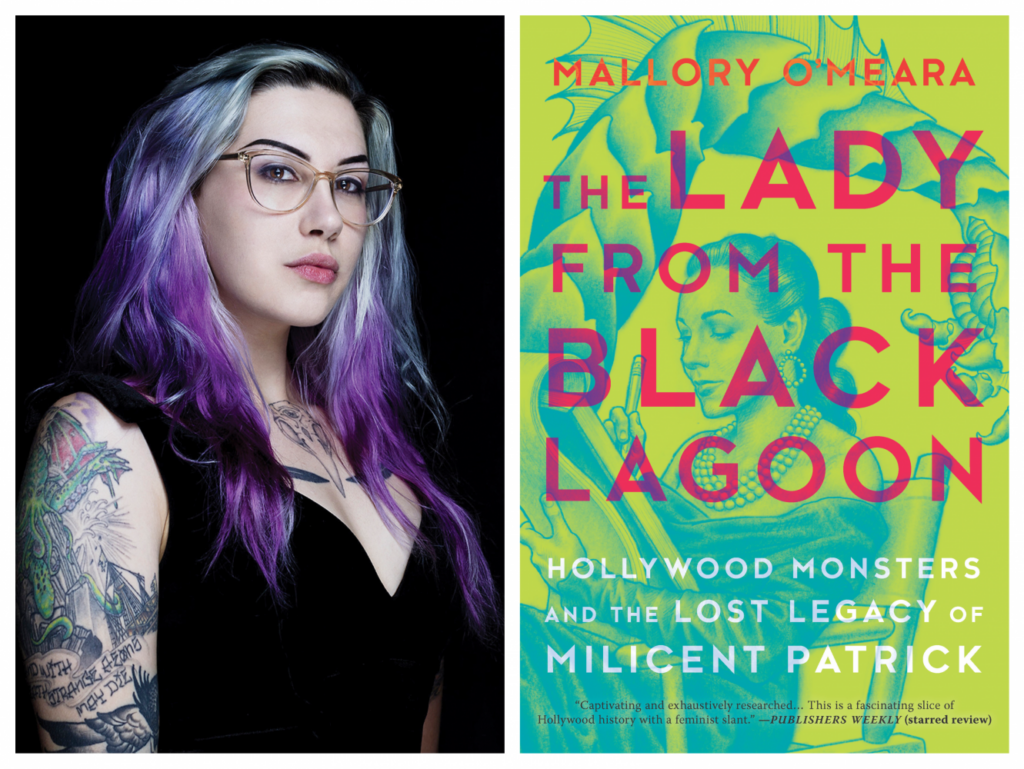“Everyone thinks it’s just a picture book, but what we’ve found is that it isn’t just a book for children,” Jason Rosenthal told me over the phone. “There’s a breadth and depth this book offers that I could see being relevant at any stage of life.”
He’s talking about Dear Boy, a book he authored with his daughter Paris as a companion book to one written by Paris and her mother, Amy Krouse Rosenthal, before Amy passed away in 2017.
Working on Dear Boy with Paris, Jason said, really confirmed what he already knew: that Paris has a very special ability to capture immense concepts and simplify them in just a few words. As an example, he pointed me to the page in the book that says, “Yes means yes, and everything else means no.”
It’s a statement that does seem so simple, so clear, yet it’s one people struggle with on a daily basis. As Jason said, it could be for parents and their kids just as much as it could apply to the conversation about consent taking place on college campuses across the nation. As we spoke, I could hear in his voice the pride he has in his daughter.
Writing the book was also part of the healing process in the wake of Amy’s passing. Sometimes, Jason said, it was like there were three people writing the book because Amy felt so near. And there are specific references to her work throughout the book, as both Jason and Paris tried to channel Amy’s process whenever possible.
One overt reference is the use of one of Amy’s favorite phrases: “Always trust magic.” It’s a beautiful reminder, from a picture book that isn’t just a children’s book, of the need to let go every now and then and trust in something a little inexplicable, a little unusual and a little extraordinary.
This article was first published by Midtown Reader.

